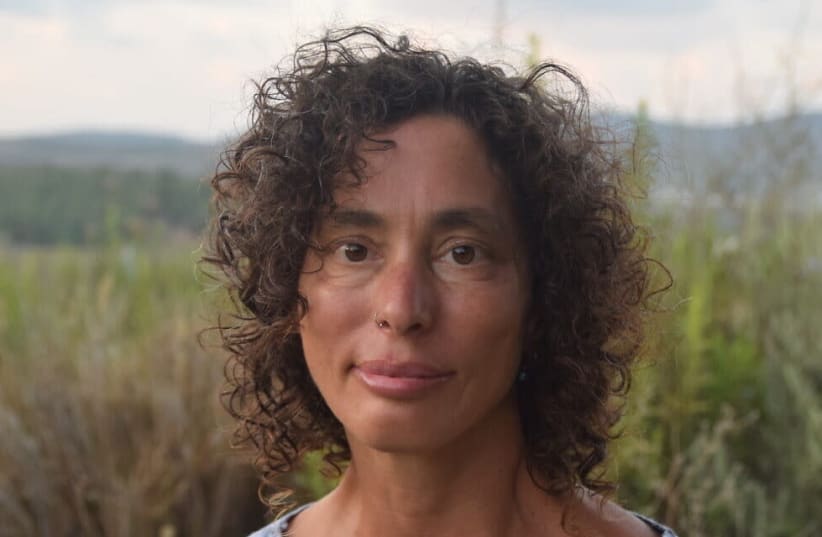It’s not often that one feels hopeful after reading a novel about the Israeli-Palestinian conflict. But Hope Valley, based on the friendship between two women, one Israeli and one Palestinian, and set in the Galilee, where the author herself lives, left me feeling hopeful.
Haviva Ner-David is a rabbi living on Kibbutz Hanaton. (Full disclosure, she is also a friend). She has written a memoir called Life on the Fringes, although this is her first novel.
In the novel, Ruby, the Palestinian woman, is trying to recover a diary written by her father during the Nakba, the Catastrophe, which is how Palestinians refer to the creation of Israel in 1948. While most of her father’s village has been destroyed, there is one house standing, where Tikvah lives with her husband Alon, suffering from severe PTSD.
Ruby and Tikvah meet on a hot summer day just before the outbreak of the 2nd intifada in 2000. Tikvah, an artist, was raised in the US, and is suffering from multiple sclerosis (MS), which has also made it harder for her to pursue her art. Ruby, is a well-known Israeli Palestinian artist who has returned to her village for cancer treatment.
At the beginning, Ruby wants the friendship only to try to get the diary back. But as the women spend more time together, they become close friends. Ner-David’s writing is good; and the Galilee is another important character in the novel.
One of my favorite scenes is one day in the forest when Ruby, not a religious person, decides she wants to pray as she hears the muezzin from her village sounding the call to prayer.
“Ruby lifted her arms, reaching up to the sapphire sky. Sapir. Yakul al-Jalil. Even when the village itself was gone, even with all the pain that was buried beneath these pine trees, the sky remained so purely blue.
“The next time the muezzin called, Ruby folded Tikvah’s hand in her, and she felt no resistance. Allahu Akbar. God is the Most Great. God is the Most Vast. God is All That Is. She closed her eyes and asked for the strength to surrender. A strong warm wind blew along her scalp and on her cheeks. She took a deep breath, letting the scent of life fill her nostrils. Life that would be in this very same spot long after both she and Tikvah and also Cane (Tikvah’s dog) were gone. Even the Tree of Hope would not last forever. But the flow would continue.
“Ruby lowered her face to the ground, Tikvah’s hand still warm in hers. Her eyes were closed, but she knew that Tikvah was bowing along with her. She felt the energy of her own surrender flowing from her heart and through her arm, her hand, the tips of her fingers, into Tikvah’s fingers, her hand, her arm, and up into her heart. And for those few long minutes, there was no separation.
“‘I feel it Ruby,’” Tikvah whispered. ‘I feel one with the flow. Thank you.’”
There are long excerpts from the diary, that shed light on events in the Galilee during 1948. There are also plot twists that I won’t give away. As the jacket cover says: “In Hope Valley we meet two strong women from nations in conflict, who circle each other and, in recognizing each other’s pain, offer us hope that fear and resentment can grow into love.”
Hope Valley
Haviva Ner-David
Bedazzled Ink Publishing Company, 2021
240 pages, $16.95
